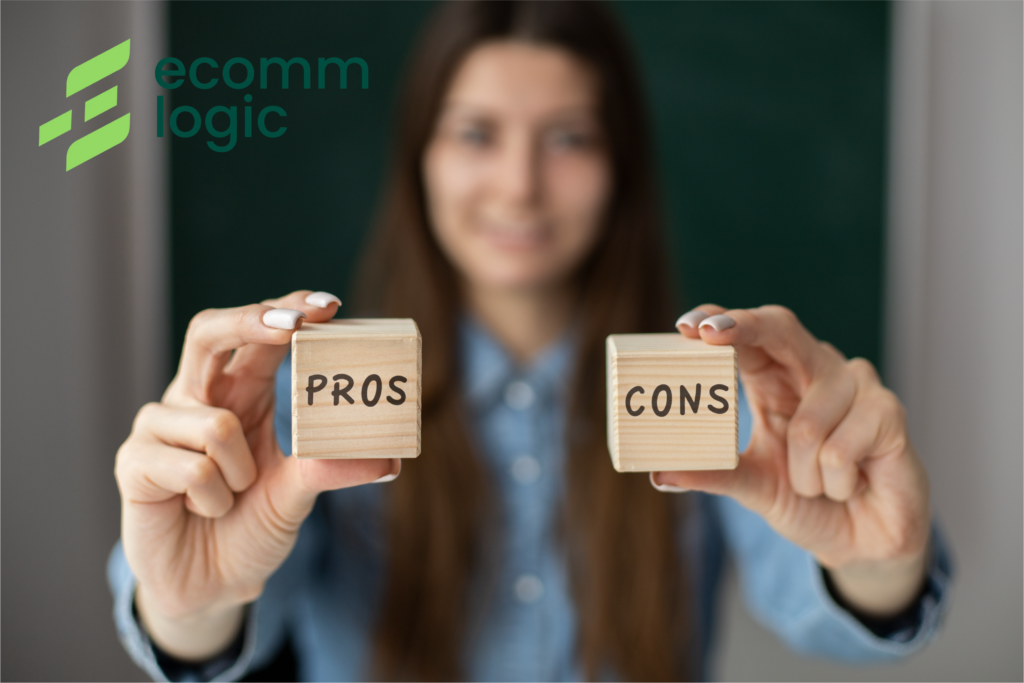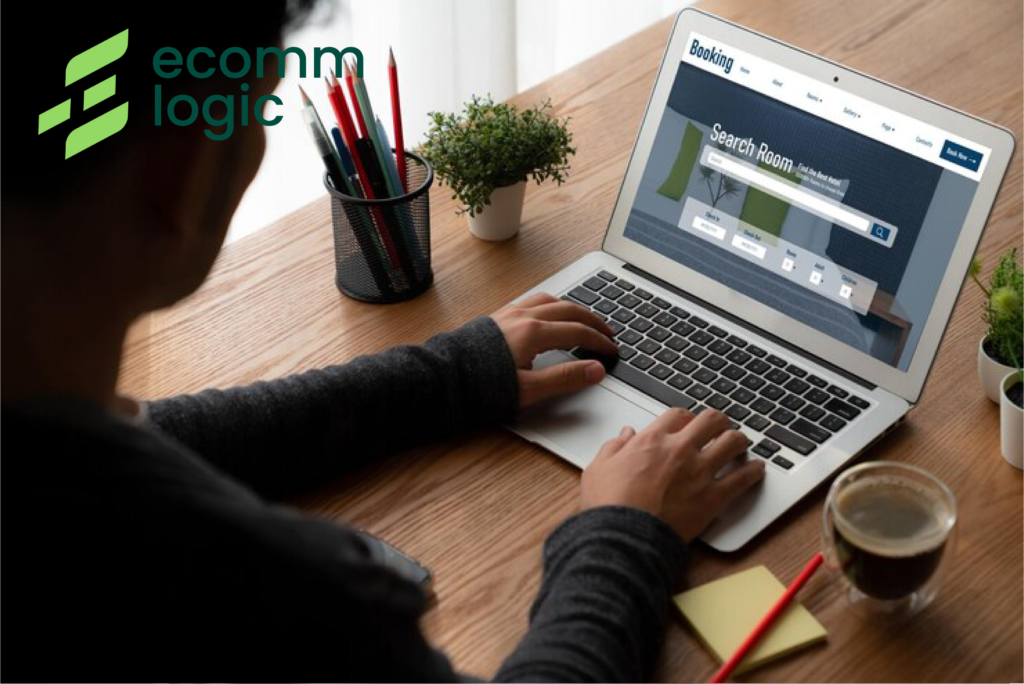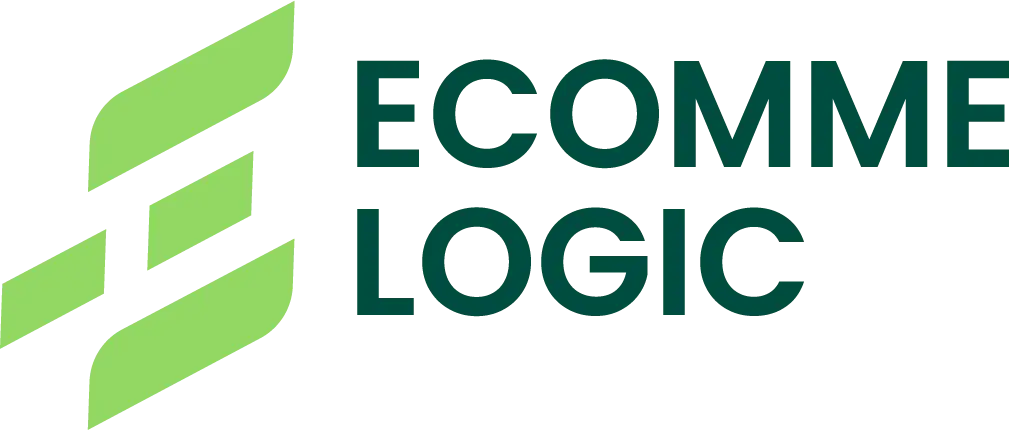Is a Single Page the Right Fit for Your Online Presence?
When it comes to modern web development, businesses—especially in Ecommerce and service industries—are constantly exploring ways to improve user experience and boost conversion rates. One trend that continues to gain traction is the one-page website design.
However, is a one page website the best option for your company? In this blog, we’ll break down the benefits and limitations of single-page websites to help you decide whether it suits your business goals—whether you’re building a landing page, launching a product, or streamlining your online portfolio.

What Is a One-Page Website?
All of the content—home, about, services, testimonials, contact, etc.—is shown on a single, scrollable page in a one-page website. Rather than navigating through multiple internal pages, users simply scroll down or click anchor links to jump to specific sections.
This design style is particularly popular for:
-
- Startups and small businesses
-
- Product launches
-
- Personal portfolios
-
- Mobile-focused experiences
-
- High-conversion landing page design
 Pros of One-Page Website Design
Pros of One-Page Website Design
1. Streamlined User Experience
With all content placed on a single page, users can easily find what they’re looking for without clicking through multiple menus. This simplicity increases engagement, reduces bounce rates, and guides visitors through a controlled user journey—perfect for high-impact landing pages.
2. Mobile-Friendly by Default
Today’s consumers are mobile-first. One-page designs are often optimized for mobile scrolling, making them inherently responsive and ideal for users browsing on smartphones or tablets.
3. Faster Development & Maintenance
If your content needs are minimal, a one-page layout can reduce development time and costs. It also simplifies future updates, since all changes happen on a single HTML file or CMS page.
4. Better Control Over User Flow
One-page websites let you control the narrative—perfect for storytelling and conversion-focused design. This is especially useful in Ecommerce campaigns, product showcases, or when driving a single CTA (Call to Action).
5. SEO Benefits for Focused Keywords
When executed properly, one-page sites can rank well for specific keyword clusters, particularly if the content is well-structured and optimized. This makes them great for local SEO and targeted landing pages.

 Cons of One-Page Website Design
Cons of One-Page Website Design
1. Limited SEO Opportunities
Limited SEO scalability is a significant disadvantage of single-page websites. Since all content resides on one URL, it’s difficult to rank for multiple keyword intents. This can be a challenge for businesses targeting various services, products, or blog content.
2. Scalability Issues
Your company’s content demands will probably rise as well. A one-page design can quickly become cluttered or overwhelming—making it less suitable for large Ecommerce sites, detailed service breakdowns, or blogs.
3. Long Load Times
If your one-pager is media-heavy—packed with images, videos, and animations—it may suffer from slow load times. Both user experience and SEO rankings may suffer as a result, particularly on mobile networks.
4. Limited Analytics Tracking
Tracking user behavior on a one-page site is more complex. Unlike multi-page sites, where you can monitor page-by-page performance, single-page designs require advanced event tracking to understand what’s working and what’s not.
5. Navigation Can Be Confusing
Without a well-structured layout or sticky navigation, users may feel lost while scrolling. Poor UX can reduce conversions, particularly if the CTA is buried far down the page.
Who Should Consider a One-Page Website?
A one-page design works best for:
-
- Freelancers and creatives needing a personal portfolio
-
- Local businesses with one or two services
-
- Startups running product launch campaigns
-
- Businesses focusing on single-purpose landing pages
-
- Brands prioritizing mobile-first user experiences
A multi-page website is probably a wiser investment, though, if your business provides a variety of services, maintains a blog, or runs a sizable e-commerce store.
Frequently Asked Questions
Is a one-page website good for SEO?
It can be—but only if you focus on a narrow keyword strategy. For broader SEO, multi-page sites offer more room to target diverse queries.
Is it possible to convert a single page website into a multi-page one later on?
Yes, but it may require a redesign. If scalability is a future concern, talk to your web development team early on about flexible frameworks.
How much does a one-page website cost?
Costs vary depending on design complexity and features. At EcommeLogic, we offer competitive packages tailored to landing page design, ecommerce, and more.
Final Thoughts
A one-page website can be a powerful tool for simplicity, storytelling, and conversion—especially in today’s fast-paced digital landscape. But it’s not a one-size-fits-all solution.
If your business goals are laser-focused and your content is minimal, a single-page site might be the ideal choice. However, if you need content flexibility, SEO depth, or long-term growth, a multi-page design is more future-proof.
Ready to Build the Perfect Website?
Whether you need a high-converting landing page design or a scalable ecommerce platform, our expert web development team at EcommeLogic is here to help.


